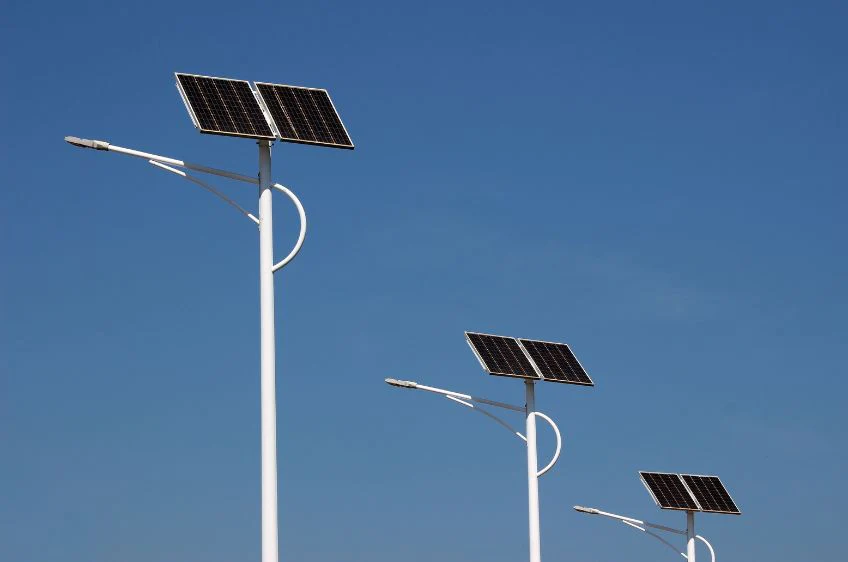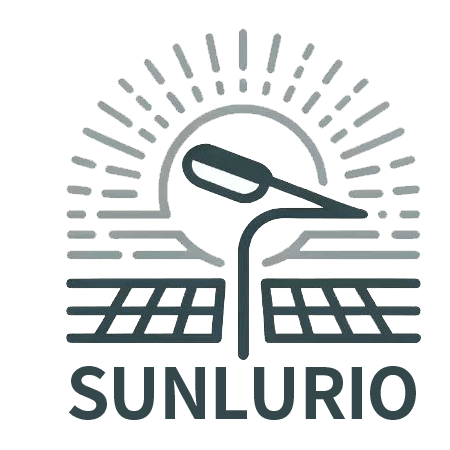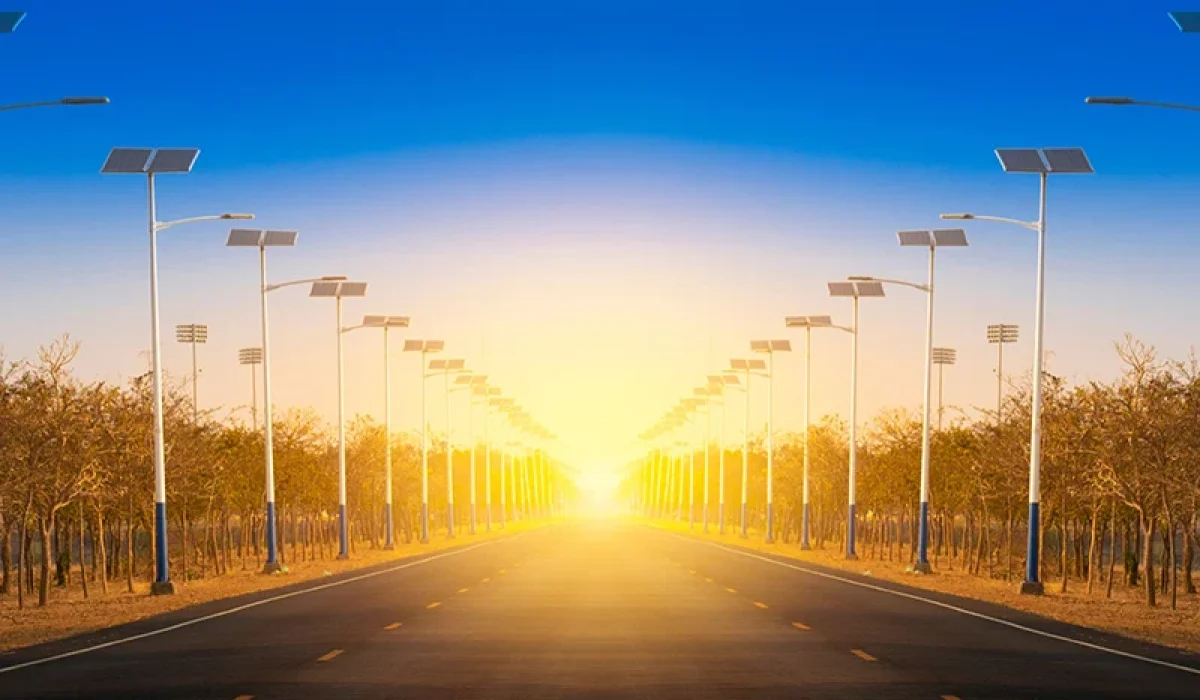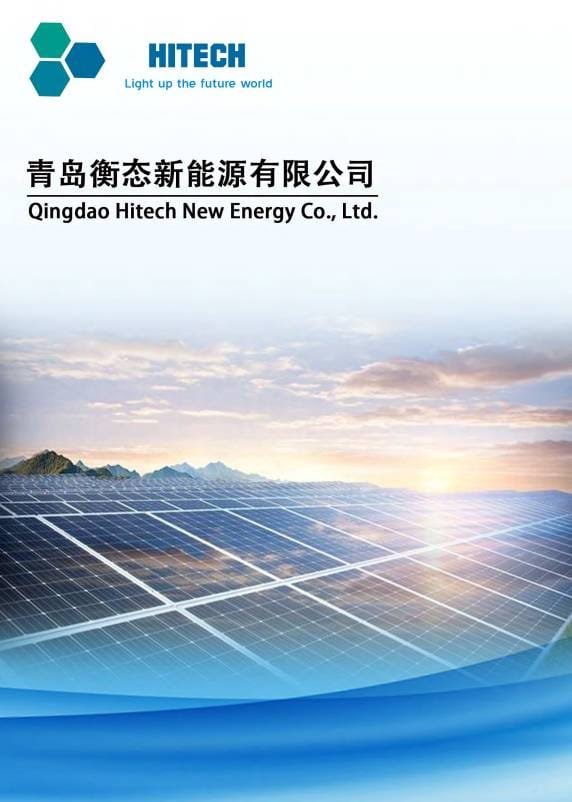Solar street lights are no longer just lights — they are becoming vital urban assets that bring safety, sustainability, and connection to communities worldwide.
🌞 From Basic Lighting to Intelligent Urban Infrastructur
A few years ago, during a project in a small fishing village in the Philippines, I watched a group of children play under the village's first solar-powered street light. A local fisherman told me, "Before this, we closed up as soon as the sun set. Now, we can work, socialize, and feel safe even at night."
That experience made it clear to me: solar street lights are transforming lives far beyond just providing light.
💡 Key Technology Trends Shaping the Future
Integration with Smart Systems
Modern solar street lights are becoming integrated parts of urban infrastructure.
Practical benefits we've seen in real projects include:
- Instant fault alerts and lower downtime
- Remote adjustments, making maintenance easier for city teams
- Adaptive dimming to save energy without compromising safety
- Real-time integration with air quality and traffic sensors
In a pilot area in Barcelona, dynamic dimming based on pedestrian flow saved nearly 70% energy during quiet hours while keeping streets safe.
Advanced Solar Panels and Batteries
New material technologies have made solar street lights more resilient and long-lasting.
- Perovskite solar cells: Testing shows lab efficiencies over 30%, potentially transforming real-world performance.
- LiFePO4 batteries: In our Kenyan projects, these batteries last 6–8 years even in hot, dusty conditions.
- Hybrid systems: We combined solar and micro wind turbines in a remote Indian village to ensure light during monsoon weeks.
Adaptive Optics and Focused Light Distribution
Good lighting isn’t just about brightness — it's about where and how the light falls.
- Customized optics improve safety on crosswalks and sidewalks
- Reduced glare reduces nighttime accidents, as confirmed in our Dubai logistics park project
- Automatic adjustments for fog or rain improve driver and pedestrian visibility
In Dubai, after upgrading to adaptive optics, a warehouse complex reported 35% fewer nighttime incidents and better staff satisfaction.
🌿 Sustainable Materials and Circular Design

We’ve learned firsthand how important durability and sustainability are in the field.
- Recyclable aluminum poles survived coastal salt spray in Mexico much better than traditional steel
- Modular designs simplified battery and controller replacements in Southeast Asian cities
- Local manufacturing and recyclable packaging reduced the project's carbon footprint
🚀 Multi-Functional Poles: Beyond Just Lighting
In Rwanda, we piloted solar poles with added functions: charging stations for e-bikes, community Wi-Fi access, and air quality monitors.
Future-ready poles can also integrate:
- EV charging points
- 5G or public Wi-Fi
- CCTV and emergency call buttons
- Weather and pollution monitoring
These features turn a simple light pole into a community hub.
🌍 Growing Demand in Emerging Regions
Rising energy costs and unreliable grids are pushing many developing areas to choose solar.
- Africa: Night markets in rural Ghana doubled vendor numbers after solar lighting installation.
- Southeast Asia: Our street lights in Cambodia supported safe nighttime transport and boosted small local businesses.
- Middle East: Integrated solar lighting enhanced security in new residential districts and public promenades.
💡 Looking Ahead: Next Decade at a Glance
| Feature | Current Generation | Expected in 5–10 Years |
|---|---|---|
| Solar Panel Efficiency | Around 20% | 25–30% (perovskite, hybrid) |
| Battery Lifespan | 3–5 years | 7–10 years |
| Control Systems | Basic motion or timer | Fully smart adaptive networks |
| Additional Functions | Lighting only | Multi-functional community hubs |
❓ FAQ
Can solar street lights operate during cloudy or rainy days?
Yes. We design systems with higher battery reserves and sometimes hybrid energy sources to ensure consistent operation, even after multiple cloudy days.
Are smart solar street lights difficult or costly to maintain?
Not really. With remote monitoring and fewer electrical components, maintenance is usually simpler and cheaper compared to traditional lights.
Can solar street lights be customized?
Absolutely. We regularly customize pole height, optics, battery capacity, and additional modules based on local climate and community needs.
Conclusion
Solar street lights are evolving into community lifelines, connecting safety, energy savings, and digital services.
Whether it's lighting a village path so a midwife can safely reach patients at night or reducing accidents in a city warehouse zone, solar lights are transforming our streets and lives.
If you'd like to explore what this technology can do for your community, we'd be happy to share more real stories and tailor solutions together.


